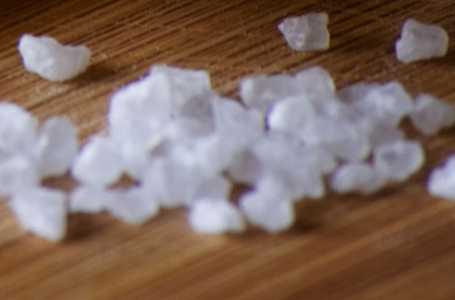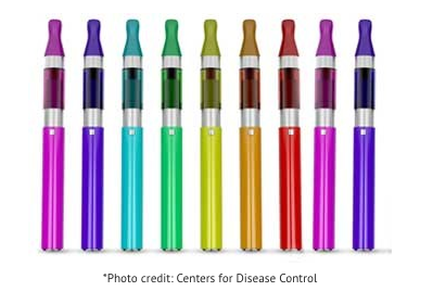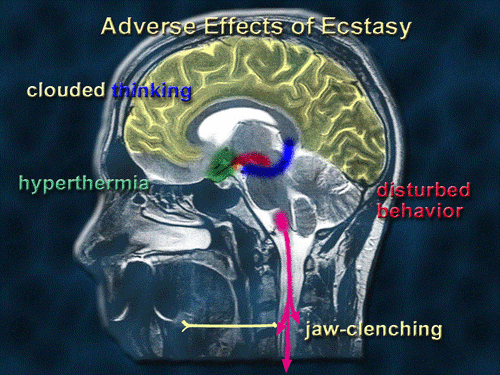EMERGING DRUG TRENDS
Our Eaton County Substance Abuse Awareness Group has a special focus on the prevention of drug, chemical, tobacco or alcohol use by youth, and in supporting “Protective Factors” that help young people resist risky behaviors in our schools and our communities. This includes staying on the forefront of emerging drug trends so we can eliminate any opportunity for them to enter our county.




